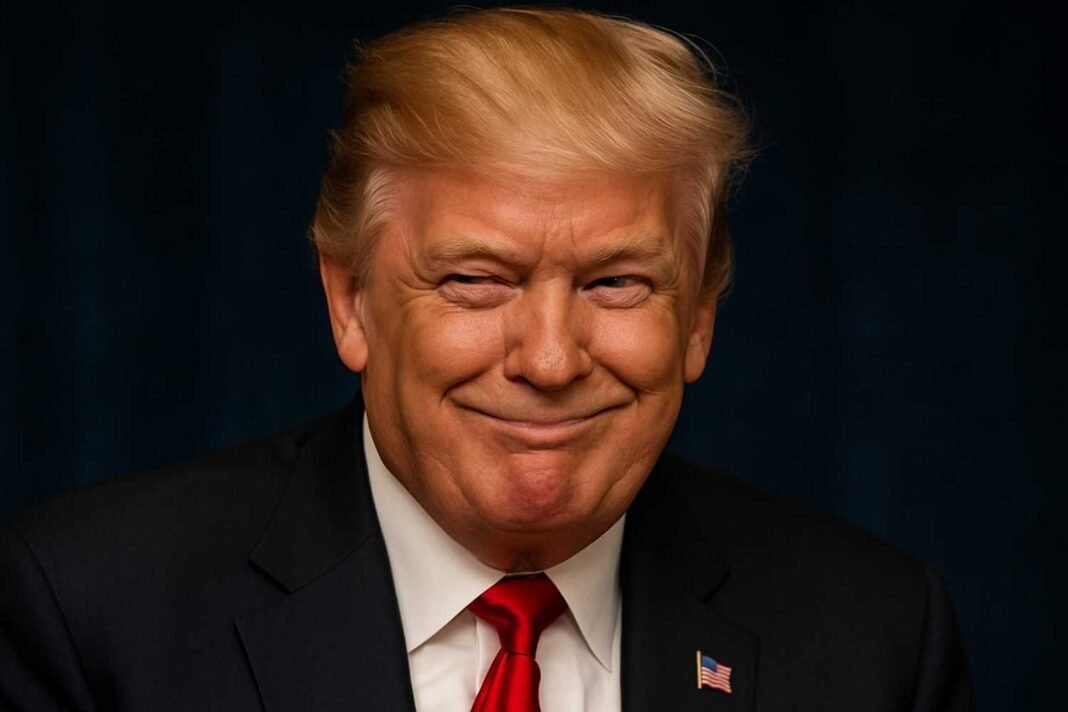Panic at San Francisco Airport
An Emirates flight scheduled to depart from San Francisco International Airport for India witnessed unprecedented chaos on Friday morning, following U.S. President Donald Trump’s surprise executive order imposing a $100,000 fee on H-1B visa applications. The sudden announcement sparked widespread confusion among Indian passengers, many of whom feared potential restrictions on re-entry into the United States.
According to eyewitness accounts, several Indian travelers requested to leave the aircraft minutes before take-off, forcing the crew to halt operations. This unexpected exodus caused a delay of nearly three hours. Passengers onboard described the atmosphere as “chaotic and tense,” with many unsure about whether the flight would proceed at all.
Captain Addresses Nervous Passengers
Video footage circulating on social media showed rows of anxious passengers standing in the aisles while others scrolled through their phones, frantically searching for updates on the visa order.
In one clip, the Emirates captain could be heard addressing the situation:
“Ladies and gentlemen, it’s the captain speaking. Due to the current circumstances, which are unprecedented for us here at Emirates, we are aware that a number of passengers do not wish to travel with us, and that’s perfectly fine. All we ask is that if you wish to offload yourself, you do so.”
The captain’s calm tone contrasted with the growing unrest inside the cabin, where several passengers opted to step off the aircraft.
Social Media Reaction
A passenger who shared videos of the incident on Instagram described the scene as “complete chaos.” According to the post, panic set in after news spread that Trump’s order could affect both new and existing H-1B visa holders. “President Trump signed an order affecting H-1B visa holders, creating panic among many—particularly Indian passengers—who even chose to leave the aircraft,” the user wrote.
The passenger added that those who remained onboard were stuck in the same spot for over three hours, anxiously waiting for departure clearance.
Chaos in Emirates flight at SFO Airport. Delayed by 3 hours after many Indian H1B holders bound for India disembarked from the plane after hearing the news of $100K fees for H1B.
Many Indian passengers apparently left the aircraft after receiving calls from their employers not… pic.twitter.com/kZJG642RDz
— Drunk Journalist (@drunkJournalist) September 20, 2025
Tech Companies Urge Workers to Stay Put
The visa order immediately reverberated across the U.S. tech industry, where thousands of Indian professionals are employed under the H-1B program. Major corporations such as Meta and Microsoft quickly issued internal advisories instructing their H-1B employees to remain inside the U.S. for at least 14 days until the situation became clearer.
Internal emails accessed by NDTV Profit revealed that Meta urged its H-1B and H4 status holders outside the U.S. to return within 24 hours, warning of possible complications in re-entry. Microsoft issued similar guidance, “strongly” recommending employees in the U.S. not to leave and advising those abroad to return as soon as possible.
White House Issues Clarification
Amid the confusion and mounting backlash from the tech industry, the White House released a clarification the following day. Press Secretary Karoline Leavitt explained that the $100,000 fee would be a one-time payment applicable only to new H-1B visa applicants, not renewals or current visa holders.
“This is NOT an annual fee. It’s a one-time fee that applies only to new visas, not renewals, and not current visa holders,” Leavitt wrote in a social media post.
The clarification sought to calm concerns in Silicon Valley and among Indian professionals, many of whom play a vital role in the U.S. technology sector.
Broader Implications of the Policy
The Trump administration defended the decision, arguing that the H-1B program, originally designed to bring in high-skilled foreign workers, had been misused to replace American employees with lower-paid labor. Critics, however, claim that the move threatens to destabilize industries reliant on international talent, particularly information technology and software development.
While the clarification eased some fears, uncertainty remains over how the policy will be implemented. Legal experts predict an increase in visa-related litigation, while immigration advocates warn of potential brain drain as skilled professionals explore opportunities outside the United States.
Conclusion
The incident aboard the Emirates flight highlights how policy changes in Washington can have immediate global repercussions. For Indian travelers and H-1B visa holders, Trump’s order created not just legal uncertainty but also real-time panic, turning an ordinary international flight into a scene of confusion and fear.
As airlines, companies, and passengers navigate this new reality, the unfolding developments will likely shape the future of skilled immigration and the role of foreign workers in America’s technology-driven economy.








